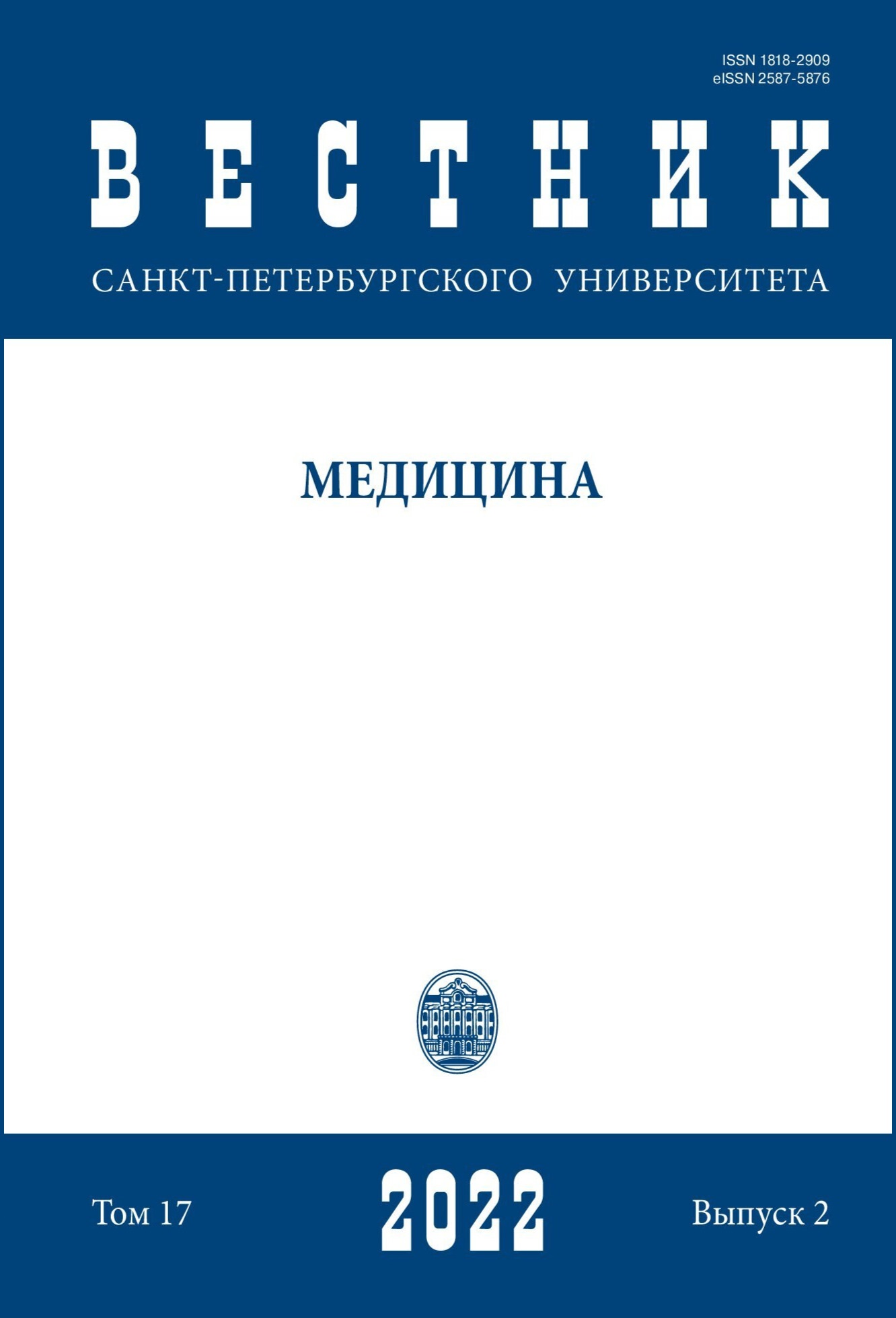Neuro-oncology, 2021. Brief analysis of the new World Health Organization classification of tumors of the central nervous system
DOI:
https://doi.org/10.21638/spbu11.2022.202Abstract
The author’s translation of the new World Health Organization classification (2021) of tumors of the central nervous system is presented. Its fundamental differences from the previous edi100 tion are considered with a list of the main new nosological units. It is important to note that central nervous system tumors were divided into “adult-type diffuse gliomas” and “paediatric-type diffuse gliomas” (low-grade and high-grade). A new section has appeared — “gliomas, glioneuronal tumors, and neuronal tumors”. This rubric includes “ependymal tumors” and “glioneuronal and neuronal tumors”. In the fifth-edition Central Nervous System Tumours volume of the Classification, the sections have disappeared: “other astrocytic tumors” and “other gliomas”. Many nosologies from these sections, according to growth patterns, have formed a new rubric — “сircumscribed astrocytic gliomas. The approach to the classification of ependymomas has been fundamentally changed. Now it is based on anatomical localization and its corresponding genetic aberration. Attention is paid to the growing role of molecular diagnostics, which is fundamental in terms of nosology, and to the difficulties associated with the transition to the new version of classification. Information about the degree of malignancy of the most common neoplasms of this localization is given.
Keywords:
WHO classification, tumors of the central nervous system, the degree of malignancy of the CNS tumors, molecular genetics, neuro-oncology
Downloads
References
References
Downloads
Published
How to Cite
Issue
Section
License
Articles of "Vestnik of Saint Petersburg University. Medicine" are open access distributed under the terms of the License Agreement with Saint Petersburg State University, which permits to the authors unrestricted distribution and self-archiving free of charge.




